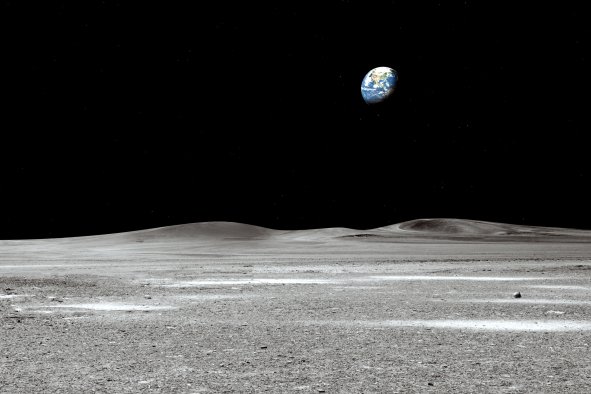This month holds great promise for stargazers, as several astronomical wonders are coming.
With the annual Perseids meteor shower just around the corner, as well as a handful of planetary conjunctions, there's a lot to see up in the night sky in August.
When and Where Can I See the Perseids?
The Perseids, one of the most well-known and prolific meteor showers, started July 14 and run until September 1 this year, peaking on August 12. During peak times and under ideal conditions, viewers might witness up to 100 meteors per hour, according to NASA.
The Perseids are known for their brightness and fast speeds. They often leave long, luminous trails and can sometimes produce fireballs—exceptionally bright meteors that can light up the sky.
Meteors will appear to originate near the constellation Perseus, hence the shower's name, but can be seen anywhere in the sky. The meteors can be seen in both the Northern and Southern hemispheres, although they are more prominent in the former. They are best viewed after midnight and before dawn. The moon is due to be 50 percent full on the peak night, which may hinder meteor spotting because of light pollution.
Perseids are caused by the Earth passing through the debris trail left by the comet Swift-Tuttle. As these tiny particles, mostly the size of sand grains, enter the atmosphere at high speeds, they burn up and produce bright streaks of light across the sky.
When Can I See the Conjunction of Mars and Jupiter?
Jupiter and Mars are set to approach each other extremely close in the night sky in the early hours of August 14. The two planets will appear to come within a third of a degree of each other, a distance less than the width of the full moon in the sky.
This is what is known as a planetary conjunction, which occurs when two or more planets appear to be very close together in the sky from our perspective on Earth. Conjunctions can involve any combination of planets, and they can include the moon or even the sun. The specific configuration and distance between the planets can vary, making each conjunction unique.
When Will Venus Approach the Moon in the Sky?
Just after sunset on August 5, Venus will appear very close to the crescent moon, low on the horizon.
When Will the Moon Obscure Saturn?
On the evening of August 20, the moon will be visible right next to Saturn. The next day, the moon will occult Saturn, passing in front of it from our perspective. In astronomy, an occultation occurs when one celestial body passes in front of another, temporarily obscuring the background object from view.
When Will the Moon Pass by Mars and Jupiter?
The moon will pass by Mars and Jupiter on August 27 and 28, and this trio of bright cosmic bodies will be best visible a few hours before dawn.
When Is the Full Moon?
A full moon will occur on August 19 and will be special for several reasons. First, it's a seasonal blue moon, meaning that it is the third of four in a single season. Secondly, it's a supermoon and the first of four supermoons set to fall in a row.
A supermoon is a full moon that appears larger and brighter than a typical full moon. This phenomenon occurs when the full moon coincides with the moon's closest approach to Earth in its elliptical orbit, a point known as the perigee.
Because the moon's orbit around Earth is not a perfect circle but an ellipse, there are times when it is closer to Earth (perigee) and times when it is farther away (apogee). When a full moon occurs near the perigee, it can appear up to 14 percent larger and 30 percent brighter than when it is at apogee, although the difference may not be easily noticeable to casual observers.
When Can I See the Northern Lights?
As the sun approaches its solar maximum, it is crackling with activity, throwing out solar flares and coronal mass ejections. It is fairly likely that northern latitudes will catch a glimpse of the northern lights as a result of subsequent geomagnetic storms. An aurora's visibility further south is rarer and depends on powerful coronal mass ejections colliding with Earth.
When Can We See T Coronae Borealis?
One star in the binary star system, T Coronae Borealis, is due to explode in a massive event known as a nova any day now. Scientists are not exactly sure when this will occur but suspect it will happen before the end of September.
During the explosion, the star will appear brighter than the North Star (aka Polaris) in the night sky and will be visible for around a week. T CrB will appear in Corona Borealis, a horseshoe-shaped constellation situated between Hercules and Boötes.
Do you have a tip on a science story that Newsweek should be covering? Do you have a question about astronomy? Let us know via science@newsweek.com.
Disclaimer: The copyright of this article belongs to the original author. Reposting this article is solely for the purpose of information dissemination and does not constitute any investment advice. If there is any infringement, please contact us immediately. We will make corrections or deletions as necessary. Thank you.



